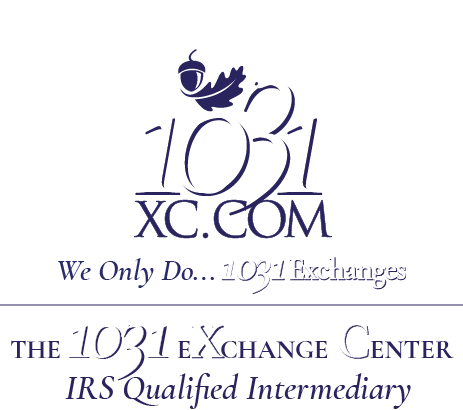Leverage
Robert Calongne • October 4, 2020
Explode your 1031 Exchange Profits with "Leverage"

Who said "Compound interest is the eighth wonder of the world. He who understands it earns it… he who doesn’t… pays it.”
-The saying has been attributed to many so why not use it now?
Commercial brokers and investors in income producing commercial properties have "tools" to analyze property performance. A good one is called an "APOD" (that stands for, "Annual Property Operating Data") that is designed to address the two major investor questions:
- How much money will be required to acquire it and operate it and
- How much money will it generate when it's sold after a period of time, for example in 5 years.
They want to know the up-front cost, the annual cash-flow (or cash-drain) before and after debt service and taxes, then the estimated return for that investment on sale after loan pay-off and taxes. The typical rates of inflation used in such analyses are as follows:
"Best Case" scenario assumes 7.00% annual appreciation"Moderate Case" scenario assumes 4.50% annual appreciation"Worst Case" scenario assumes 2.50% annual appreciation
Those are certainly neither predictions nor limitations but, rather, they are the initial estimates used by the pros.
Now, obviously if you buy property with all cash, then sell it in 5 years, your investment per the table below) would be returned plus an extra 13.14% (worst case) to 40.26% (best case).
Appreciation Grows to Return on Return onScenario Rate/Year In 5 years All Cash 30% CashBest Case 7.00% 40.26% 40.26% 234.18%Moderate Case 4.50% 24.62% 24.62% 182.06%Worst Case 2.50% 13.14% 13.14% 143.80%
But with "Leverage' your returns EXPLODE because you use the same cash with a loan to buy much more valuable property that appreciates. Moreover, the extra tax-savings "seed money" with a 1031 Exchange "supercharges" your profits.
For example, say you have $120,000 net proceeds from the sale of business or investment real estate after taxes (of let's say $30,000) to "invest" for an all cash
purchase of other such property. The $120,000 property you acquire could appreciate in
value after 5-years
at 4.50% annually to
$149,542. That's
24.62% more
than the $120,000 invested.
But had you used the same $120,000
as a leveraged down payment
on a 30% loan to value (LTV) mortgage, the loan
amount of $280,000 could buy property for $400,000. That property could appreciate in value after 5-years
at 4.50% annually to $498,473. That's enough to pay off the loan to net $218,473, that is 82.06%
more than the $120,000 originally invested.
Now combining that leveraged example above with a 1031 Tax-Deferred Exchange,
the tax savings would add an extra $30,000
to what otherwise would have been only $120,000 in sale proceeds so you could make a down payment of $150,000
on a 30% loan to value (LTV) mortgage, the loan could be $350,000
to buy property for $500,000. That property could appreciate in value after 5-years at 4.50% annually to $623,091 Then you pay off the loan and net $273,091. That's 127.58%
more than the $120,000 you otherwise could have invested. The extra "$30,000 seed" resulted in your nearly tripling that $120,000, a hefty average return of 45.5% per year.
And, by the way, if you later "sell" the property you acquire (that "replacement property") there would be tax on your capital gains. But not only would you use "future, less valuable dollars" to pay the tax then there are, indeed, several alternatives that are not taxable--one example would be another 1031 Exchange.

